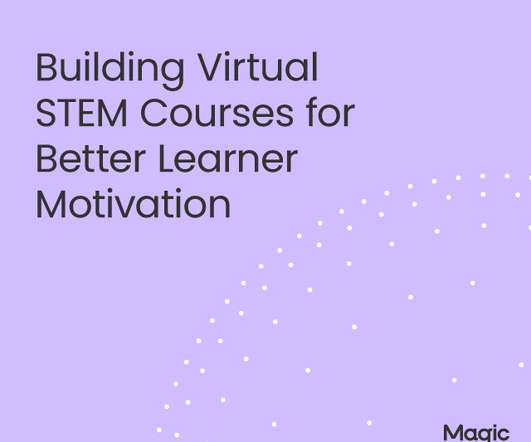Blooms Taxonomy: The Science of Learning Objectives – Part 3
CommLab India
OCTOBER 3, 2016
In my earlier blogs, Learning Objectives – What They Are and Why You Need Them and The Science of Learning Objectives – Part 1 and Part 2 , we have seen what learning objectives are and why they are important. Social Media Policy Training. Example of learning objectives at Creating level.
































Let's personalize your content